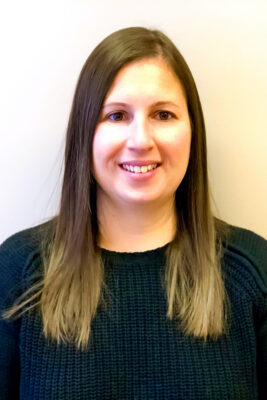By Fran Yanor / Legislative Reporter
Northern Health re-issued a public alert warning of drug contamination after the B.C. Coroner’s Office reported a recent spike in benzodiazepines connected with illicit drug overdose deaths.
“When drugs are contaminated with benzos… it makes an overdose extremely difficult to reverse,” said Dr. Rakel Kling, northern interior medical health officer for Northern Health.
Prescribed benzodiazepines, or benzos, such as Valium or Xanax, are used to calm anxiety or help with insomnia, and illicit benzos can be five or 10 times the potency of Valium.
In July 2020, benzodiazepines were detected in 15 per cent of post mortem tests involving illicit toxicity deaths in B.C., and by December, they were detected in 50 per cent of post mortem tests, according to the most recent B.C. Coroner’s report on illicit drug toxicity type.

“We don’t know whether it’s that people are turning to benzodiazepines or benzodiazepines maybe are just more available,” said B.C. Chief Coroner Lisa Lapointe in an interview on Feb. 11.
Testing by public health staff in the north has detected benzos in people who say they have only been taking opioids, said Kling. “They were not aware that they were taking the benzos.”
Possibly the benzos are being added as a filler or to enhance the effects of an opioid by local drug makers, no one knows for sure, but when combined with high potency opioids, the results can be fatal.
Unlike opioids, which are pain medications, benzos are depressants.
“So, not like an opioid, but the impact may be the same,” said Lapointe. “Similar to an opioid in its effect on the brain.”
Together, the two types of drugs can sedate and suppress the respiratory function, the primary cause of an overdose.
Naloxone, the most common opioid reversal drug, can’t affect the symptoms of a benzos overdose – sedation, drowsiness, blackouts, unconsciousness and memory loss – which can persist for hours after an opioid overdose have been reversed.
“I’ve heard anecdotal stories of many multiple doses of naloxone being used,” said Kling. “And in some cases, some people needing an IV infusion of naloxone to keep the reversal happening.”
Both Northern Health and Interior Health re-issued warnings to alert the public to be aware that benzos have been found in other drugs.
“We want to draw attention to it again, knowing that there’s so many overdoses happening,” said Kling. “We do know our drugs in the northeast are contaminated.”
There’s a very toxic drug supply circulating right now because of COVID and the combinations are changing all the time, Lapointe said.
Over the past five years, fentanyl has been a leading culprit detected in illicit drug overdose deaths in B.C., rising from 20 per of all deaths in 2015, to 60 per cent the following year, and reaching 90 per cent in the last six months of 2020.
Fentanyl is a medical anesthetic opioid used for pain management. Illegal fentanyl is 50 times more powerful than heroin but much cheaper. It’s made in black market labs in Canada and overseas, and cut into heroin, cocaine, oxycodone, crack or meth, fentanyl is sold in pill, powder or liquid form, according to the BC Centre for Disease Control.
For people who use drugs, don’t use alone and keep extra naloxone on hand, said Kling. “It would be really useful right now to just carry that extra few doses with you at this time.”
From 2014 to 2020, more than 900,000 naloxone kits had been distributed in B.C. and had reportedly reversed at least 79,000 opioid overdoses.
Naloxone can be obtained at the Valemount Health Centre, the McBride Health Unit, the Clearwater Health Unit, and the Clearwater Pharmasave, according to the Ministry of Health website.
Fran Yanor / Local Journalism Initiative / [email protected]



